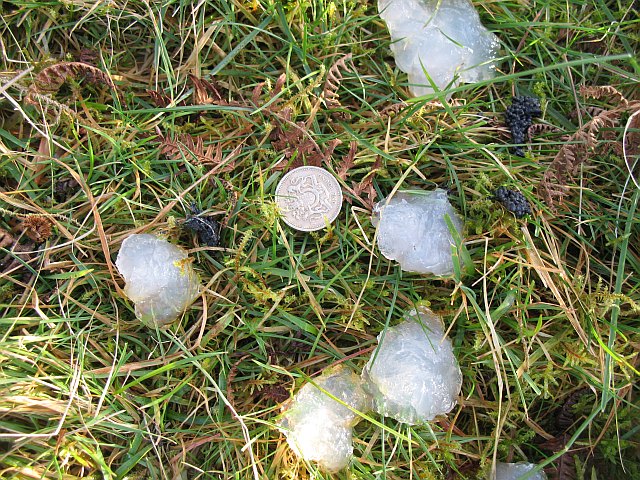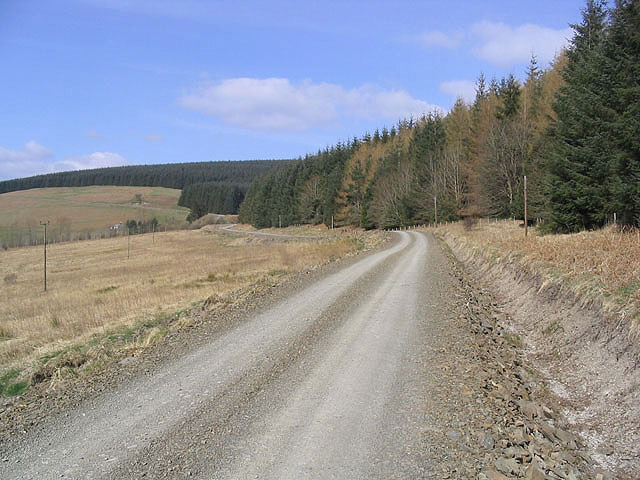Crib Head
Landscape Feature in Roxburghshire
Scotland
Crib Head

Crib Head is a prominent landscape feature located in Roxburghshire, a historic county in the Scottish Borders region of Scotland. Situated near the village of Ancrum, Crib Head is a prominent hill that rises to an altitude of approximately 330 meters (1,080 feet) above sea level.
The hill is characterized by its distinctive shape, with a steep and rocky slope on one side and a more gradual incline on the other. It is composed mainly of sedimentary rocks, including sandstone and shale, which provide a varied and interesting geological landscape.
Crib Head offers stunning panoramic views of the surrounding countryside, with its position allowing for expansive vistas over the rolling hills and valleys of Roxburghshire. On clear days, it is possible to see as far as the Cheviot Hills to the south and the Lammermuir Hills to the north.
The hill is a popular destination for hikers and nature enthusiasts, who are drawn to its natural beauty and the opportunity to explore the diverse flora and fauna that inhabit the area. The hillside is covered with heather and grasses, providing habitat for a range of bird species, including red grouse and skylarks.
Crib Head also has historical significance, with evidence of ancient settlements and burial mounds found in the vicinity. The hill has been a site of human activity for centuries, and its strategic location made it an important vantage point during times of conflict.
Overall, Crib Head in Roxburghshire offers a combination of natural beauty, geological interest, and historical significance, making it an appealing destination for those seeking to explore the diverse landscapes and rich heritage of the Scottish Borders.
If you have any feedback on the listing, please let us know in the comments section below.
Crib Head Images
Images are sourced within 2km of 55.354595/-2.9785859 or Grid Reference NT3807. Thanks to Geograph Open Source API. All images are credited.



Crib Head is located at Grid Ref: NT3807 (Lat: 55.354595, Lng: -2.9785859)
Unitary Authority: The Scottish Borders
Police Authority: The Lothians and Scottish Borders
What 3 Words
///string.strictly.headstone. Near Teviothead, Scottish Borders
Nearby Locations
Related Wikis
Falnash
Falnash (Scots: Fawenesh) is a village in the Scottish Borders of Scotland. It is near Teviothead, in the former Roxburghshire, and in the parish of Teviothead...
Teviothead
Teviothead (Scottish Gaelic: Ceann Tìbhiot) is a small village and civil parish in Teviotdale in the Scottish Borders, known locally as Teviotheid. It...
Caerlanrig
Caerlanrig - also spelled 'Carlenrig' - (Gaelic: Cathair Lannraig) is a hamlet in the parish of Cavers, Borders, Scotland, lying on the River Teviot, 6...
River Teviot
The River Teviot (; Scottish Gaelic: Abhainn Tìbhiot), or Teviot Water, is a river of the Scottish Borders area of Scotland, and is the largest tributary...
Have you been to Crib Head?
Leave your review of Crib Head below (or comments, questions and feedback).
















